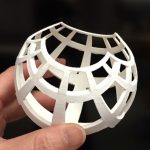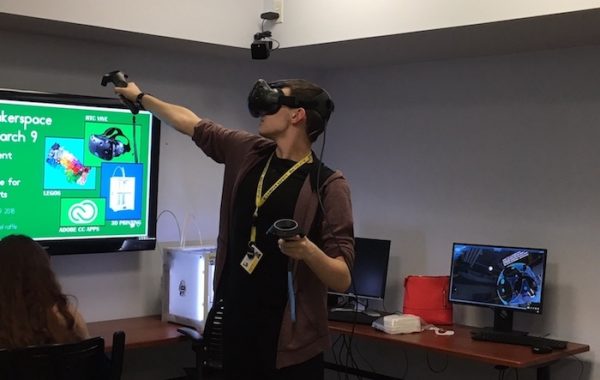EDUCAUSE conducts annual research on undergraduate students and information technology. This year the research is based on survey responses from 130 higher education institutions in the U.S. and overseas, and from more than 64,000 students. The Study provides insights on student use and preferences of technology. Of particular relevance to our campus, the research findings point to:
- While desktops, laptops and smartphones are important to academic success, minority students and underprivileged students rate the devices significantly more important than their counterparts. “Instructor policies that ban or discourage mobile device use in the classroom may disproportionately affect students of color, students with disabilities, first-generation students, students who are independent, and students who come from disadvantaged socioeconomic backgrounds.”
- A majority students prefer “blended” learning. They value learning environments that consist of face-to-face class instruction along with online learning options.
- Students who self-identify as having a physical or learning disability rate their institution’s awareness of their needs for accessibility as poor. The Study encourages institutions to offer faculty training on universal design for learning, and inclusive instructional practices.
The full report and data can be found at https://library.educause.edu/resources/2018/10/2018-students-and-technology-research-study.
















